The term pinfeather describes the newly grown feathers found on a bird that is going through a molt. A pinfeather is short when it first appears from the skin of your bird. It emerges through her skin and it is covered in the same type of keratin that makes up the shafts of feathers.
What Do Pinfeathers Look Like?
Pinfeathers (or blood feathers) look like pins poking up through the skin which is probably why they are called what they are called. These are the live, immature feathers with a blood supply that is growing out to replace an old feather that the bird has molted. This keratin sheath which is primarily composed of protein is very similar in composition to the horn on an animal, a hoof or a toenail. It must be removed in order for the new feather to “unfurl” and grow properly. This keratin sheath is to protect the newly grown feather while it is developing. As the feather grows, the sheath surrounding the brand new feather gets longer. As the bird preens herself, it helps chip off the sheath. This preening and chipping allow the feather to expand and unfurl while it develops. There is an active blood supply that feeds the feather. As the feather continues to grow, the blood supply settles back down into the base of the feather structure close to the skin. These new pinfeathers are very delicate while they are emerging so care should be taken when handling your bird.
The Complexity of Feathers
Feathers are actually quite complex and have different parts to their overall structure. There are several types of feathers that make up a bird’s plumage. And there are different names for the different parts of the feathers. Each is designed by nature to do a job that is quite specific to the feather’s function. The types of jobs that different feathers do fall into these specific classifications: Insulation, waterproofing, display, flight, and camouflage.
The Calamus
The calamus is the base of the feather that becomes the rachis, (pronounced: ray-kiss) as you move up the central shaft of the feather. The rachis is the main central shaft of the feather. In most of the feathers on a bird, the rachis is stiff and supports the feathery barbs that come out of the shaft. The barbs are the main larger branches of the feather.
The Barbules
The barbules are the secondary branches of the feather and are smaller. These barbs and barbules have small hooks that allow the bird to “zip” her feathers and preen them to make her feathers lay very orderly and neatly on her body. This grooming is necessary for the feathers to function properly while flying as well as trapping air between the feathers and her body keeping her warm. This zipping hooks up the feathers using the barbules as fasteners. When a bird is properly groomed with all of her feathers “zipped,” it forms protection from wind and moisture.
Contour Feathers
Contour feathers are the majority of what you see on the bird. The contour feathers follow the shape of the bird quite closely making the bird quite streamlined. A good example of this can be seen on the penguin where the feathers are so close together and tight on the body that it actually looks like skin rather than the feathers that are actually present.
Arranged in an overlapping pattern very similar to scales on a fish or a reptile, the tips of the feathers are exposed and can be seen, while the fluffy bottoms of the feathers further down the shaft of the feather to the base are folded in close to the body. You will find that females are a more drab or plain color than the male of the same species in many cases. This makes it easier for the female to stay camouflaged while she is sitting on her eggs or protecting her babies.
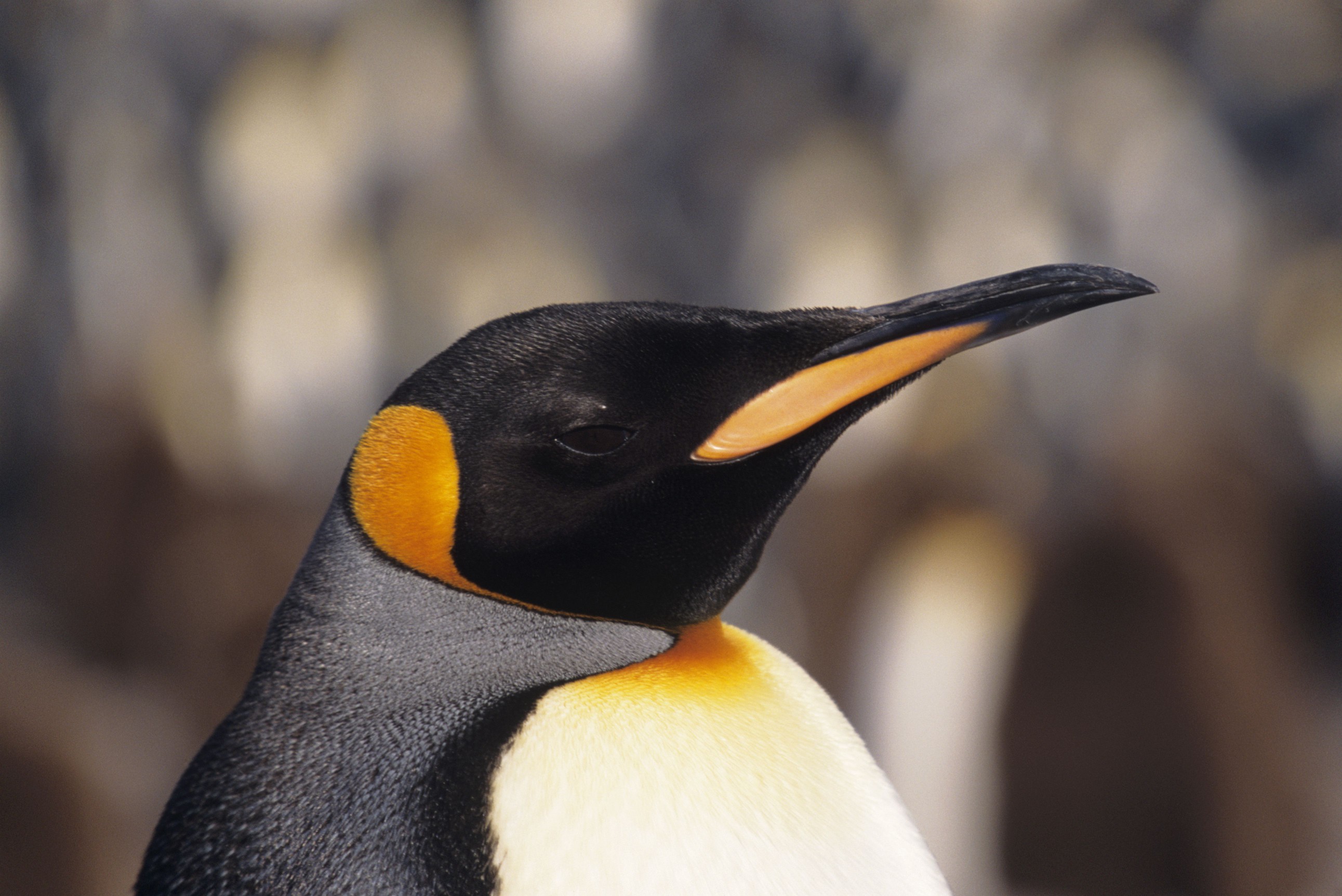
Pinfeathers During Preening
While birds remove most of their pinfeathers during preening, there are always a few (most notably on the top of the head) that they can't quite reach. In the wild, other members of the flock would help with the pinfeathers during natural grooming behaviors—but in captivity, you can assist with this preening by removing the shafts from the pinfeathers. You can do this by gently rolling them between a thumb and forefinger.
If your companion parrot is molting with new feathers coming in, a shower might help her remain more comfortable. A shower feels good to most birds as the water might help with the itchiness.
Edited by Patricia Sund
Related Article
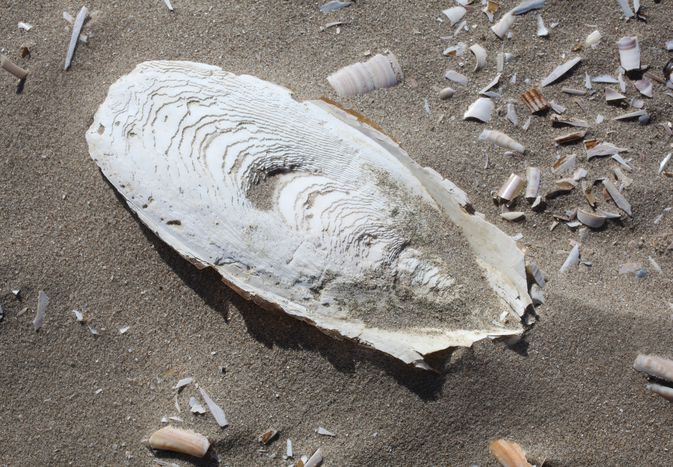
What Is a Cuttlebone?
Cuttlebones are seen in pet stores everywhere. And it seems to be a standard accessory in bird cage
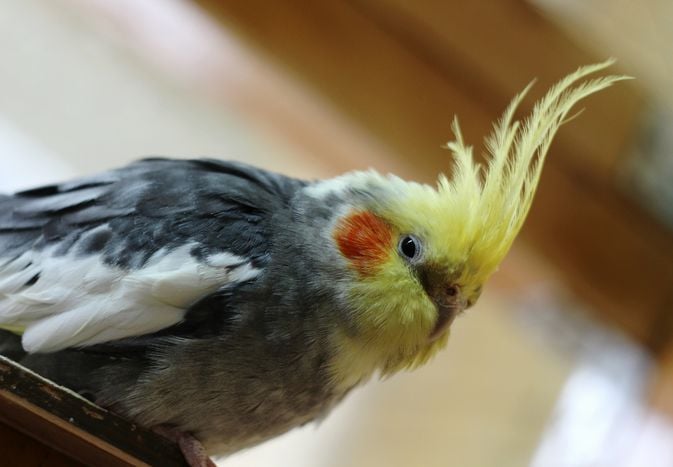
Egg-Binding In Birds
Egg-binding is a serious and sometimes fatal condition that affects female birds of breeding age. I
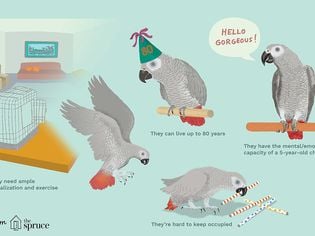
Facts About African Grey Parrots
If you've ever seen an African Grey parrot, then you know that they are beautiful birds, but di
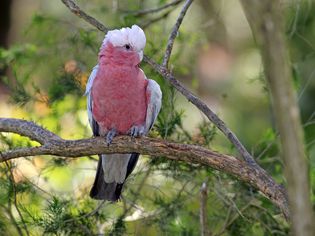
Galah (Rose-Breasted) Cockatoo: Bird Species Profile
The rose-breasted cockatoo, best known by its native aboriginal Australian name "galah," is
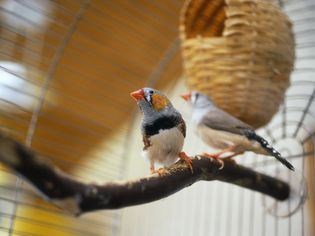
8 Top Gentle Pet Bird Species
While all pet birds have the capability to bite and cause a ruckus, certain species tend to be more
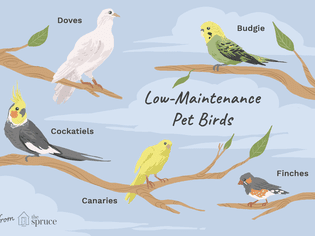
8 Top Low-Maintenance Pet Bird Species
While there's no such thing as a no-maintenance bird, some species of pet birds are easier to c
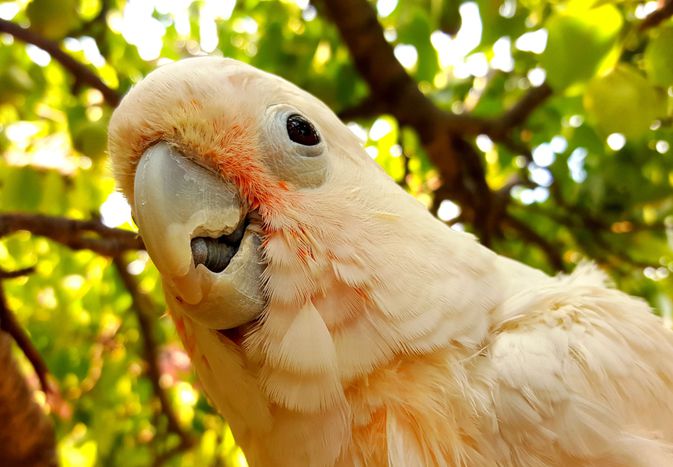
Top 10 Trainable Pet Birds
Birds are highly intelligent animals and some species are known to be particularly trainable. Many

The Relationship Between Pets and Children: How to Foster a Positive Bond
There is growing evidence that pets, especially dogs, are good for children. This evidence surely h
About WhiskerClub
We are a premier digital platform committed to delivering high-quality content to our readers. Our mission is to provide accurate, reliable, and engaging information that adds value to our audience's daily lives.
Our team consists of experienced content creators and subject matter experts who uphold the highest standards of professionalism. In an era of information overload, we curate content with care, ensuring our users receive only the most relevant and trustworthy information.
Beyond just reporting facts, we focus on depth and context. Through expert analysis, comprehensive research, and clear presentation, we help our audience gain meaningful insights and make informed decisions.
We take pride in being a trusted information source for our growing community of readers. Our user-first approach means we continuously adapt to provide content that meets our audience's evolving needs and interests.
Innovation and excellence drive everything we do. We're committed to improving our platform and services to deliver the best possible experience for our users.

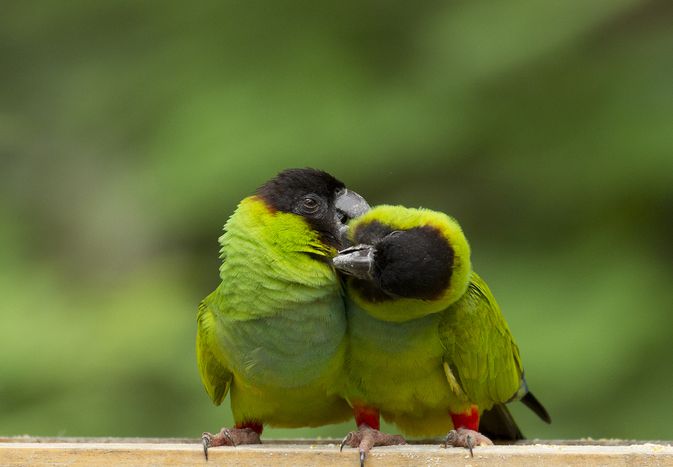
Comments on " What Are Pinfeathers on Birds?" :